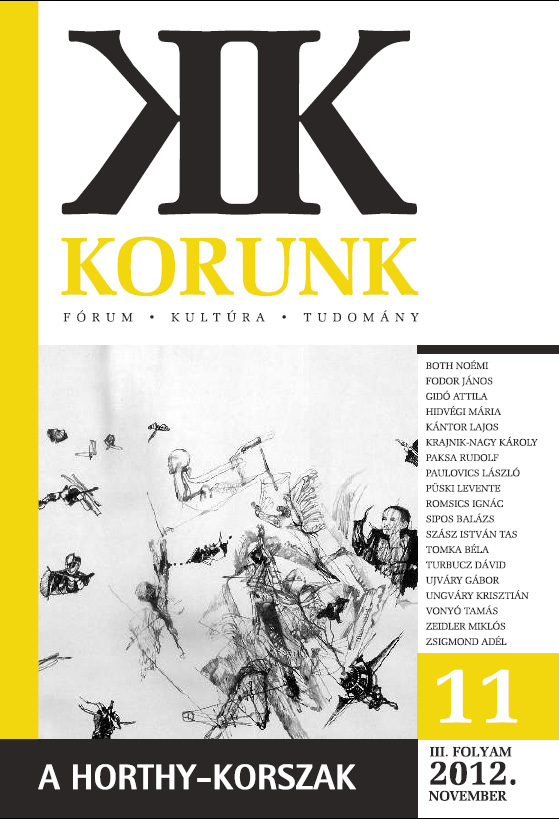Haza és lemaradás: a nemzeti iparfejlesztés kudarca
Nationalism and Falling Behind: The Failure of National Industrialisation
Author(s): Mária Hidvégi, Tamás VonyóSubject(s): History, Economic history, Recent History (1900 till today), Interwar Period (1920 - 1939)
Published by: Korunk Baráti Társaság
Keywords: Hungary; national industrialisation; stabilisation; failure
Summary/Abstract: Policy makers in Hungary faced a monumental challenge after World War I in trying to adapt the country’s economic structure to new borders and to markedly different geopolitical conditions. Following a successful stabilisation in 1924, national income and industrial production picked up, and surpassed pre-war levels significantly by the 1930s. However, productivity growth was negligible due to depressed investment levels and sluggish technological progress. Industrialisation was promoted by the state, but output growth relied primarily on employment expansion and outdated technology. One of the main factors behind the unsatisfactory macroeconomic performance was that Hungary fell behind western nations in electrification and motorization, the locomotives of technical change in the interwar era. Limited access to capital and the lack of effective government coordination are mainly to blame, but the case of two major companies present evidence that successful adaptation models existed.
Journal: Korunk
- Issue Year: 2012
- Issue No: 11
- Page Range: 56-65
- Page Count: 10
- Language: Hungarian

